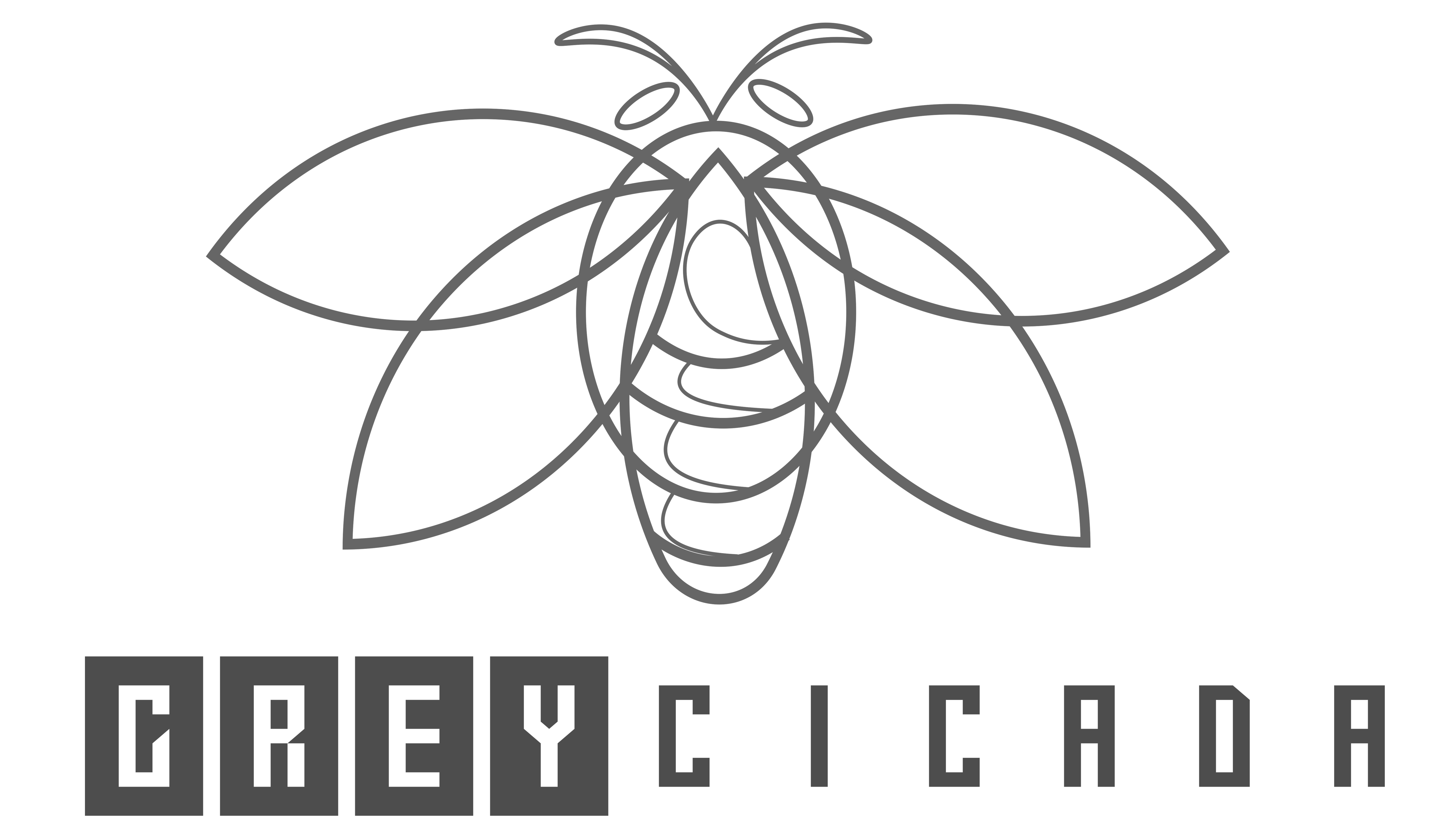FREE SHIPPING OVER $50
Dentist’s Warning: 3 Brushing “Mistakes” Silently Rotting Your Teeth (Stop Decay & Save Your Smile!)
You brush your teeth twice a day, every day, right? It’s a fundamental part of your routine, drilled into us since childhood. You probably think you’re doing everything perfectly to protect your pearly whites. But what if, despite your best intentions, you’re actually committing brushing mistakes that are silently rotting your teeth and jeopardizing your oral health?
We’ve spoken to dentists – the experts who see the consequences of these habits every single day – and they’ve issued a clear warning: there are 3 key brushing mistakes that are incredibly common, yet incredibly damaging. Understanding these pitfalls is the first step to truly stop decay and save your smile!

The Silent Threat: Why Brushing Mistakes Lead to Tooth Decay
You might think that brushing is just about getting your teeth clean. And while that’s true, how you brush makes all the difference. When you make common brushing mistakes, you create an environment where tooth decay can thrive.
Here’s why these errors are so detrimental to your oral health:
- Plaque Buildup: The primary culprit behind tooth decay and gum disease is plaque – a sticky film of bacteria that constantly forms on your teeth. If brushing doesn’t effectively remove plaque, these bacteria produce acids that attack and dissolve your tooth enamel.
- Enamel Erosion: Your tooth enamel is the hard, protective outer layer of your teeth. Once it’s gone, it doesn’t grow back. Brushing too aggressively or with the wrong technique can physically wear down this vital shield, leaving your teeth vulnerable.
- Gum Recession: Improper brushing can also harm your gums, leading to gum recession. When gums pull away from the teeth, they expose the more sensitive roots, making them susceptible to decay and pain.
- Ineffective Cleaning: If you miss spots or don’t clean thoroughly, food particles and bacteria linger, providing a constant feast for acid-producing microbes, accelerating tooth decay.
Dentist’s Warning: 3 Brushing Mistakes Silently Rotting Your Teeth
These are the common pitfalls that dentists wish everyone knew about. Avoid these mistakes to significantly stop decay and save your smile!
1. Brushing Too Hard (The Aggressive Scrubber Mistake)
- The Mistake: You might think scrubbing vigorously means a cleaner mouth, but this is one of the most common and damaging mistakes. Brushing too hard is incredibly abrasive, especially with a medium or hard-bristled toothbrush.
- How It Silently Rots Your Teeth:
- Enamel Erosion: Excessive force can literally wear away your tooth enamel over time. Once the enamel is gone, your teeth become much more susceptible to cavities, sensitivity, and yellowing (as the underlying dentin, which is yellower, becomes more visible).
- Gum Recession: Aggressive brushing can cause your gum tissue to recede, exposing the tooth roots. These roots are not protected by enamel and are highly vulnerable to decay and sensitivity, making them a prime target for “rotting.”
- Bristle Damage: Hard brushing flattens and frays the bristles, making them less effective at cleaning plaque and more likely to scratch your gums.
- How to Correct It:
- Switch to a Soft-Bristled Toothbrush: This is the most crucial step. Even with firm pressure, a soft brush is far less damaging.
- Use a Lighter Touch: Imagine you’re massaging your gums, not scrubbing a dirty floor. The force should be gentle. If your toothbrush bristles are splaying outwards after a few weeks, you’re brushing too hard.
- Consider an Electric Toothbrush with a Pressure Sensor: Many electric toothbrushes have built-in pressure sensors that alert you when you’re brushing too hard, making it almost impossible to make this mistake.
2. Not Brushing Long Enough (The Quick Swipe Mistake)
- The Mistake: In our busy lives, it’s easy to rush through brushing. A quick 30-second swipe might feel like enough, but it’s not. This “quick swipe” approach means you’re not giving your toothbrush enough time to effectively remove plaque and food debris from all surfaces of your teeth.
- How It Silently Rots Your Teeth:
- Incomplete Plaque Removal: Plaque needs consistent, gentle agitation to be dislodged. Rushing leaves behind vast amounts of plaque, which then quickly produces acids that attack your tooth enamel, leading to cavities and decay.
- Missed Spots: Every mouth has “hot spots” – areas that are difficult to reach or commonly missed (like the back of the molars, behind the front teeth, or along the gum line). A quick brush almost guarantees these areas won’t get the attention they need, allowing decay to set in silently.
- How to Correct It:
- Brush for a Full Two Minutes: This is the widely recommended standard. Use a timer, your phone, or an electric toothbrush with a built-in timer.
- Divide Your Mouth into Quadrants: Imagine your mouth is divided into four sections: upper right, upper left, lower right, lower left. Spend 30 seconds thoroughly brushing each section.
- Focus on Technique, Not Speed: Use short, gentle strokes, focusing on cleaning every surface – outer, inner, and chewing surfaces. Pay special attention to the gum line where plaque loves to hide.
3. Brushing Immediately After Eating Certain Foods (The Timing Trap Mistake)
- The Mistake: It seems logical: eat, then brush to clean your teeth. However, brushing immediately after eating highly acidic foods or drinks can actually do more harm than good.
- How It Silently Rots Your Teeth:
- Acid Softens Enamel: Acidic foods (like citrus fruits, tomatoes, vinegars, sodas, fruit juices) temporarily soften your tooth enamel. Brushing right after you’ve consumed these can abrade and wear away that softened enamel, leading to irreversible damage over time and increased risk of decay.
- Delayed Neutralization: Your saliva naturally works to neutralize acids and remineralize your tooth enamel. Brushing too quickly interrupts this natural protective process.
- How to Correct It:
- Wait at Least 30-60 Minutes After Eating Acidic Foods/Drinks: This gives your saliva time to neutralize the acids and re-harden your tooth enamel before brushing.
- Rinse with Water: After consuming acidic foods, simply rinse your mouth thoroughly with plain water. This helps wash away acids and food particles without abrasive scrubbing.
- Chew Sugar-Free Gum: Chewing sugar-free gum after meals can also help stimulate saliva flow, aiding in neutralization and remineralization.
Final Thoughts
Understanding and correcting these 3 common brushing mistakes is a game-changer for your oral health. The dentist’s warning isn’t meant to scare you, but to empower you with the knowledge to truly stop decay and maintain a healthy, vibrant smile for life.
By switching to a soft-bristled brush and using a gentle touch, committing to a full two minutes of thorough brushing, and being mindful of your brushing timing after acidic foods, you’re investing directly in the longevity and strength of your teeth. These simple adjustments can make all the difference, transforming your daily oral hygiene routine from potentially harmful to truly protective.
Related Articles
- Ozempic SHOCKER: Forget “Face” – Experts Warn of a New, Hidden Danger Called “Ozempic Mouth”!
- URGENT WARNING: Stop Using THIS Mouthwash Now to Slash Your Bowel Cancer Risk (Surgeon’s Shocking Discovery)
- Think Your Toothpaste is Safe? The Shocking Ingredient You’re Brushing With Daily
- I Avoided the Dentist & Got a Celebrity Smile Using These Peroxide-Free Whitening Strips
- Dentists Hate This: 8 Flossing Secrets They’ll Never Tell You (Number 5 Is Gross)



